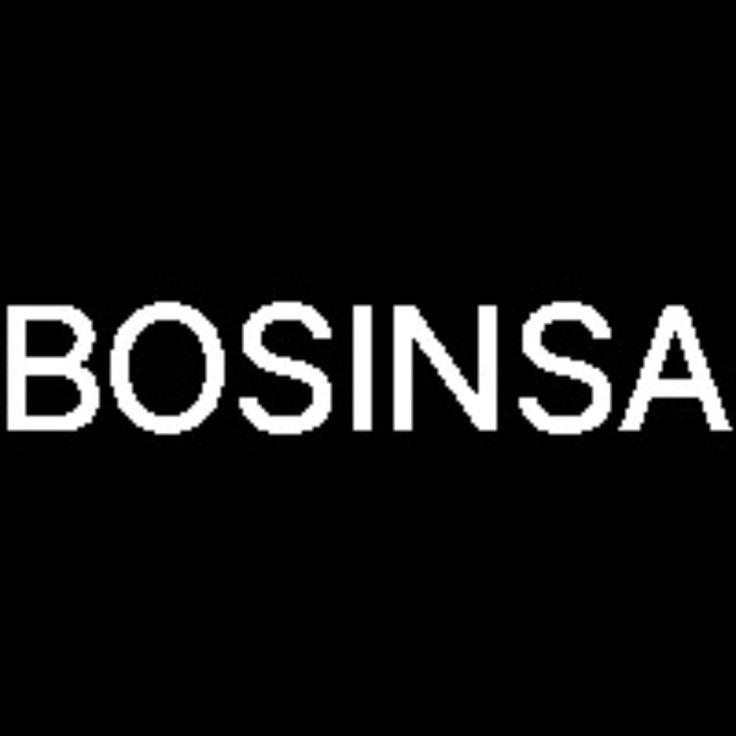Wine Tasting
페이지 정보
Writer Katja 작성일25-02-28 13:25 count5 Reply0본문
| Subject | Wine Tasting | ||
|---|---|---|---|
| Writer | Rentry 울산유흥 & Stockdill Solutions | Tel | 7049806220 |
| host | grade | ||
| Mobile | 7049806220 | katjastockdill@verizon.net | |
| etc | |||
Wine Tasting
What is the which means of wine tasting?
Wine tasting is a sensory train that includes the analysis of wine via varied aspects. It engages your senses to understand and identify the distinctive traits and qualities of various wines.
- Sight: Observing the color, readability, and viscosity of the wine.
- Smell: Swirling the wine in a glass to release its aromas after which inhaling to identify totally different scents.
- Taste: Taking a sip to discover the flavors, textures, and stability of the wine.
- Finish: Noting the aftertaste and the way long the flavors linger on the palate.
Overall, wine tasting isn't just about ingesting wine however involves a deeper appreciation of its complexities and subtleties.

Steps in Wine Tasting
- Preparation: Gather the mandatory tools - wine glasses, palate cleansers, and a notepad if desired.
- Examine: Observe the wine’s look within the glass.
- Swirl: Gently swirl the wine to expose it to air.
- Smell: Bring the glass to your nostril and take a deep inhale.
- Taste: Sip the wine and let it coat your palate.
- Reflect: Take notes and 울산유흥 share your impressions.
Wine tasting can be a enjoyable and academic experience, whether or not accomplished alone or with others, and allows people to develop their palate and appreciate the variety of wines out there.
What is the method of wine tasting?
Wine tasting is an art that involves a structured approach to savoring the complex flavors, aromas, and textures of wine. Below is a methodical method to conduct a wine tasting:
1. Look
Begin by examining the wine in your glass. Hold it in opposition to a white background to observe its color and clarity. Take observe of the wine's viscosity, which can point out its body.
2. Swirl
Gently swirl the wine within the glass. This motion releases the wine's aromas. It permits oxygen to work together with the wine, enhancing its perfume.
3. Smell
Bring the glass to your nose and inhale deeply. Try to identify completely different aromas. They can vary from fruity, floral, natural, to earthy notes. This step is essential as the sense of scent plays a major function in flavor perception.
4. Taste
Take a small sip of the wine, allowing it to coat your palate. Focus on its flavors, acidity, sweetness, tannin levels, and body. Consider how these components balance and work together with each other.
5. Evaluate
Finally, 울산유흥 replicate on the wine’s total profile. Assess the finish — how long the flavors linger after swallowing. Think in regards to the wine's complexity and whether or 유흥사이트 not you loved it.
By following this methodology, you'll have the ability to improve your wine tasting expertise and develop a deeper appreciation for 부산유흥 various wines.
How to grasp wine tasting?
Grasping the art of wine tasting includes understanding the sensory elements of wine and refining your palate. Here are some steps to assist you learn how to taste wine effectively:
1. Prepare Your Environment
- Choose a well-lit space to observe shade.
- Ensure the area is free from strong odors that might intrude along with your tasting expertise.
2. Use the Right Glassware
Using a correct wine glass helps in concentrating the aromas. Opt for a glass that's clear and has a tulip shape.
3. Observe the Wine
- Visual Assessment: Hold the glass in opposition to a white background to see the wine's colour and 유흥 readability.
- Swirling: Gently swirl the wine to release its aromas.
4. Smell the Wine
Take a second to inhale the aromas. Try to establish completely different scents.
- Fruits, spices, herbs, and other aromatic notes may be detected.
- Focus on each the preliminary aromas and people who emerge after swirling.
5. Taste the Wine
- Initial Taste: Take a small sip and 울산유흥 let it sit on your tongue.
- Identify Flavors: Try to pinpoint the flavors you expertise.
- Texture and Body: Consider whether the wine is mild, medium, or full-bodied.
6. Evaluate the Finish
Take note of the aftertaste. A longer end is often an indicator of a higher quality wine.
7. Take Notes
Recording your ideas on totally different wines might help refine your palate over time. Include:
- Wine name and vintage
- Aroma and taste notes
- Overall impression, including mouthfeel and finish
8. Practice Regularly
The more you taste, the higher you'll become at identifying different characteristics in wine. Join wine tasting events or create your personal tastings with pals.
With time and experience, you will develop a deeper understanding and appreciation of wine. Happy tasting!

 JOIN
JOIN 





